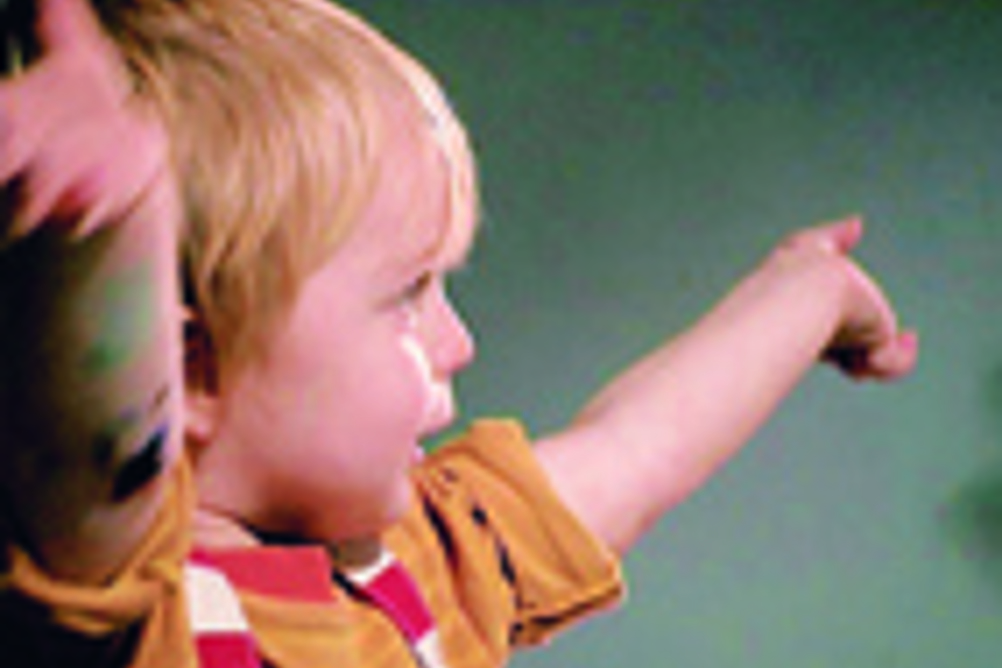
Orson (age two) is sitting at the table with his mother. He is fascinated by spiders and loves singing songs about them, especially if they are scary. He is very familiar with the rhyme 'Insey Winsey Spider' and there is a toy spider on the table in front him.
He focuses on mum's face and mirrors what she is doing with her fingers. He sings along, and although some of his words are indistinct, he is engrossed in behaving as a 'singer'. The words with most emphasis and repetition are the ones he is able to sing accurately. Mum and Orson maintain eye contact all the time and their facial expressions both show high levels of involvement.
Register now to continue reading
Thank you for visiting Nursery World and making use of our archive of more than 35,000 expert features, subject guides, case studies and policy updates. Why not register today and enjoy the following great benefits:
What's included
-
Free access to 4 subscriber-only articles per month
-
Unlimited access to news and opinion
-
Email newsletter providing activity ideas, best practice and breaking news
Already have an account? Sign in here
